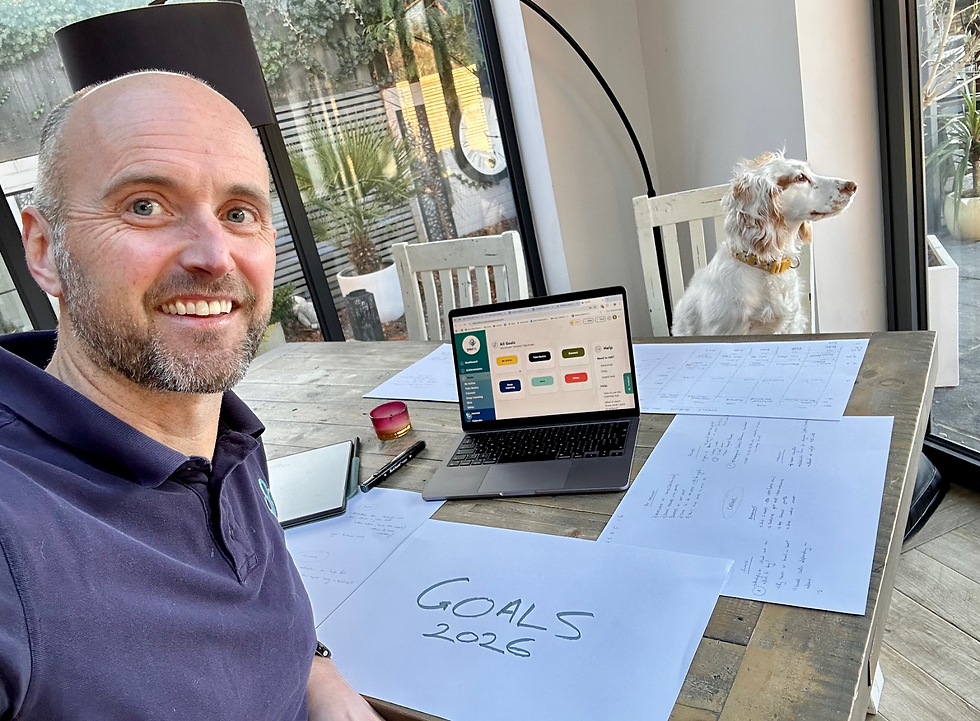Why you should measure student wellbeing this new year
- Jon Ford

- Dec 23, 2021
- 3 min read
Updated: Dec 20, 2022
Since 2020, the lives of teachers and students have changed in ways beyond our imagination. The pandemic and its wide-ranging shockwaves have affected us all, and continue to do so - even as we enter another new year.
Schools are uniquely placed within children’s lives. Both in times of ‘normalcy’ and pandemic, it often falls to schools to identify adolescents displaying signs of emotional distress. The COVID-19 pandemic’s disruptions have sometimes made it harder to identify vulnerable pupils. In addition, the worrying impact of these school closures and disruptions upon student mental health has been seen in countless recent studies (Lancet, 2021).

In face of these difficult times, it’s incredibly important to address and monitor adolescent distress, mental health, and emotional wellbeing in schools.
Unfortunately, with schools fighting both COVID and an increasing youth mental health crisis unarmed, there are ‘huge gaps between the ideal health promotion in schools and current practice’ (Lancet, 2021). Adequate mental health support for pupils seems to be limited to ‘passionate teachers’ who are strapped for cash and time.
Furthermore, in a move that’s been heavily criticised, education staff are being pushed towards a sole focus of ‘catching up’ on academic attainment - leading to increased pressure and mental strain on both students and teachers.
So, what can schools do to help returning students this new year, as COVID uncertainty continues?

One solution is to comprehensively understand and measure student emotional wellbeing. A formal requirement for a ‘standardised academic routine measurement of student health and wellbeing’ (Lancet, 2021) is supported by many within the health and education sectors.
Public Health England and the Anna Freud National Centre for Children and Families (AFNCCF) collaborated on a toolkit for schools to measure and monitor young people’s mental wellbeing. This resource went into depth on how and why schools should support school wellbeing.
The Public Health England toolkit is a great place to start for any school with a lack of wellbeing measures in place. They have broken the process down and provided 3 key reasons to measure student emotional wellbeing.
3 reasons to measure student emotional wellbeing
Snapshot – To get a measure on wellbeing and mental health with a survey
Identify – highlight those who need support
Evaluate – Analyse results over time to check if your wellbeing and safeguarding processes are working effectively
7 considerations when setting up wellbeing measures in schools
Why? – Explain to your students and staff precisely why you want to find out how they are feeling … make sure they know that it’s not a test!
What? – What are you going to measure? By what means?
Who? – Who is going to administer the measure? To whom does the responsibility lie to store and collate the data?
When? – When will you schedule or make time to get the survey and/or assessments completed and reviewed?
Where? – In what location will the assessments be completed? Do you want pupils next to each other or at home?
How? – Are you going to use paper surveys or a digital service?
What next? – What are you going to do with the results?
Many of the measures recommended in the report are free to use, however managing the data can be tricky, time consuming, and stressful for staff to monitor alone. This is why we created youHQ, our student wellbeing platform. youHQ is a desktop and mobile-responsive app which uses the WHO-5 wellbeing measure (a recommended wellbeing measure by PHE) to track the wellbeing of your students, providing schools with the ability to identify and give extra support to those who need it.
A change in mood can be the first sign of a safeguarding concern. In response to this, youHQ has partnered with MyConcern and CPOMS Safeguarding Software, meaning that schools can log concerns within a few seconds and without needing to leave our app. To find out more, please click here.




Comments